WCW was a wrestling company which was filled with ups and downs from 1988 until it’s ultimate closing in 2001. Unquestionably, the fledgling organization made many mistakes which lead to its demise but there were quite a few memorable moments along the way.
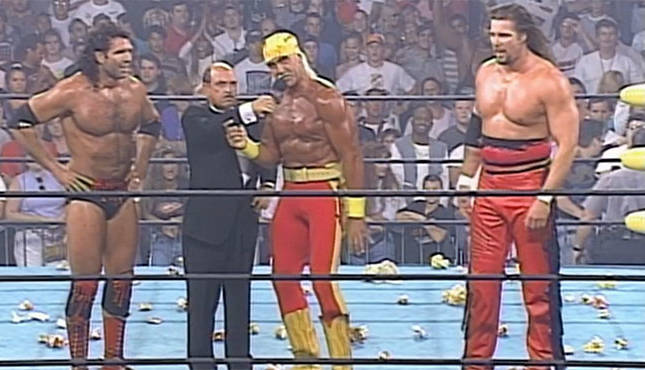 1. The nWo
1. The nWo
Eric Bischoff may have listed this concept from a New Japan Pro Wrestling angle but the nWo (in its original inception) was one of the biggest storylines in wrestling history and vaulted WCW to #1 in the ratings for over 80 weeks. It was must-watch TV the minute Scott Hall came out of the crowd during an episode of Nitro in 1996 and when he was subsequently joined by Kevin Nash and Hulk Hogan, the company had a mega-angle on its hands which would carry them to unprecedented success.
2. Wargames
The idea for Wargames came from the brilliant wrestling mind of Dusty Rhodes and the first time it was used was during the 1987 “Great American Bash” tour. It would become a regular part of WCW events at the “WrestleWar” Pay-Per-View and eventually “Fall Brawl.” The double-ringed steel cage, team concept made for some absolutely brutal team warfare matches including Stings Squardron vs. The Dangerous Alliance at “WrestleWar” ’92.
3. Nitro In Prime Time
Eric Bischoff made a bold move when he told Ted Turner that he wanted to go head-to-head with Vince McMahon and WWE’s “Monday Night Raw.” The show launched on TNT in 1995 and became a huge success due to its live, anything goes format. “Nitro” would help propel WCW into another stratosphere of success especially as the nWo began wreaking havoc in the summer of ’96. The show would go on to defeat “Raw” in the ratings for 84 consecutive weeks, making it the most successful wrestling show going at the time.
4. Themed Pay-Per-Views
Again, you have to thank Dusty Rhodes for this one. He had a big hand in Crockett Promotion’s first ever “Starrcade” event and was integral in introducing events like “The Great American Bash,” which was always held around the Fourth of July. The images, set designs and ring art would awesomely represent these shows and always made them feel like a big deal. Even later in the game when Eric Bischoff decided to produce 12 PPV’s a year, the event always had a signature look and feel that made you want to watch it.
5. Crow Sting
Sting had long been known as the franchise of WCW, but when the nWo started taking over in the summer of ’96, the company was becoming more edgy to reflect the times. It was actually Scott Hall that came up with the idea for Sting to begin painting his face like Brandon Lee’s character in the film and hiding in the rafters, basically becoming a dark avenger. The angle worked and WCW built it up perfectly as Sting did not speak or wrestle for over a year.
6. Goldberg
WCW did not have many home-grown stars in the 90’s, that is, until Goldberg came off the football field and into the WCW Powerplant. He had the right look and physical skillset to become a huge star and his minute-long squash matches helped vault him to super stardom. Eventually, he would amass a winning streak that would reach 173-0 before finally dropping the title to Kevin Nash at “Starrcade” ’97.
7. Signing Hulk Hogan
This could be a controversial selection as it is well documented that Hulk Hogan’s backstage politics would wind up hurting the company at times. The truth is, his signing back in 1994 (when he was supposedly retired from wrestling) would ultimately help bring WCW out of the southern belt states and into a global company even if his red-and-yellow character had become stale. That would soon be rectified as he turned heel and joined the nWo at “Bash at the Beach” in 1996 which would help WCW become the #1 company for a brief period.
8. Eric Bischoff Hired as WCW Vice President
It was a shock to almost everyone in WCW (including Bischoff) that he was hired as Executive Producer back in 1993 and probably a bigger shock when he became Vice President in 1994, which basically put him in charge of the entire company. His saavy and business sensibilities helped build WCW into a global brand with the signing of many former WWE superstars and the nWo angle.
9. Clash of the Champions
Technically, this occurred just several months before Ted Turner bought out Crockett Promotions but it would become a WCW tradition to air pay-per-view quality matches for free on TBS. On March 24th, 1988, the very night WWE was airing it’s annual “Wrestlemania” on pay-per-view, Jim Crockett decided to air a supercard on TBS for free that would take away viewers from ‘Mania. The main event saw Sting and Ric Flair wrestle to an unforgettable 45-minute draw, and many believe this is the match that truly made Sting a star.
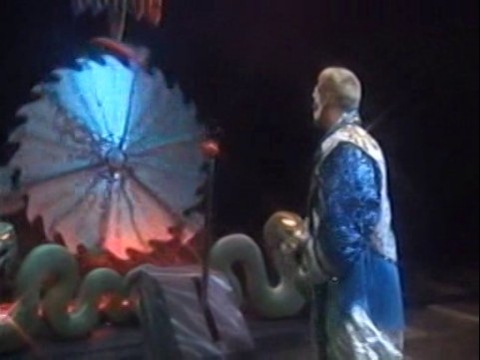 10. Spin the Wheel, Make the Deal
10. Spin the Wheel, Make the Deal
This was only used twice to my knowledge but I recall being riveted as a young fan. The first “spin the wheel make the deal” occurred at “Halloween Havoc” ’92 as Sting battled Jake Roberts. The concept was simple…Spin the wheel to reveal what kind of match you were going to have. The ’92 edition was not executed that well as it came up “coal miners glove match” which somehow ended with Jake Roberts being bitten by his own cobra in a Sting victory. The next, year, however, Vader and Cactus Jack wound up in a brutal “Texas death match” which truly embodied the idea behind the match.
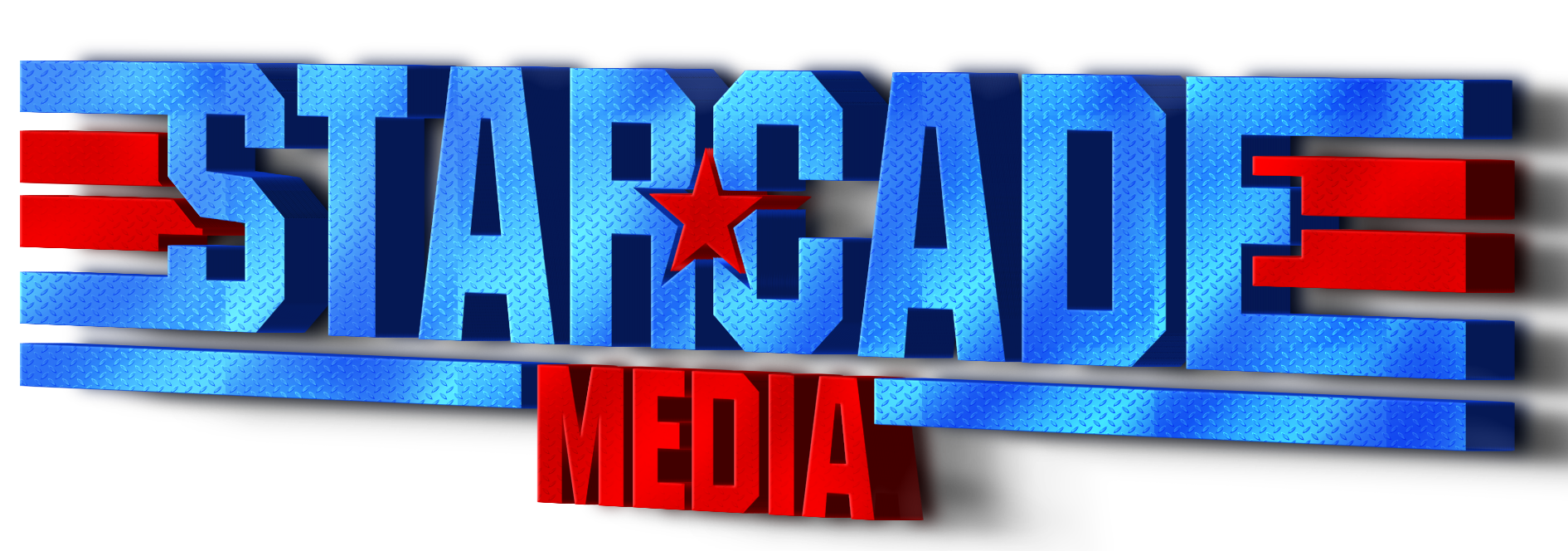


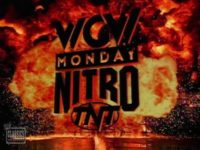
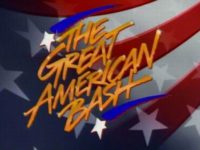
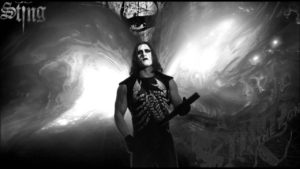
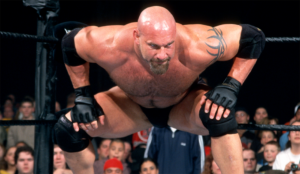
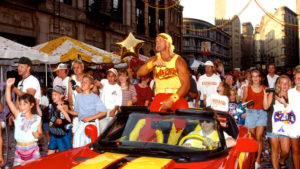
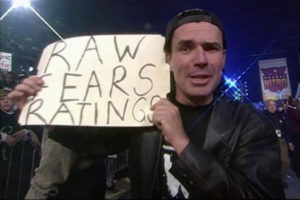
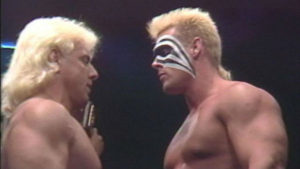
You did get your wish for #2. Most managers wear a hoodie or pullover and rarely wear the team jersey. I like it when the manager wears the dugout jacket. That’s a solid look!